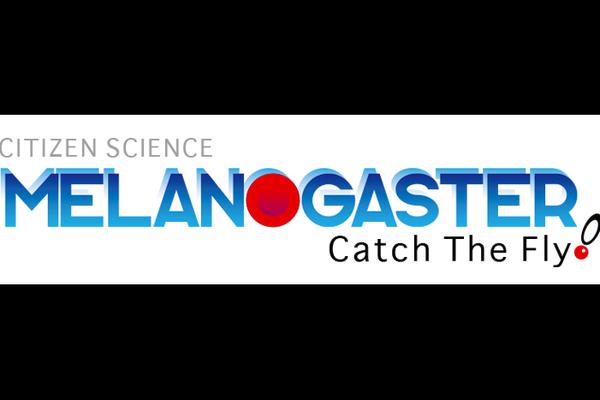Melanogaster: Catch the Fly!
from 01/06/2016
The Citizen Science Project Melanogaster: Catch The Fly! (#MelanogasterCTF), and its international implementation, aDaptNAtion, provides a unique opportunity for people to experience science from the front line, learn about the ins and outs of a leading frontier research project in Europe, and a chance to collaborate in its development. #MelanogasterCTF is the first European citizen science network on adaptation genomics*. It offers the possibility of experiencing scientific work by leading researchers in this field of biology, such as Dr. Josefa González and her team: the Laboratory of Evolutionary and Functional Genomics (González Lab) of the Institute of Evolutionary Biology (CSIC-UPF) at Barcelona. The project is co-led by the science dissemination platform La Ciència Al Teu Món (‘Science in Your World’, LCATM). #MelanogasterCTF offers its participants the opportunity to interact with DrosEU, a pioneering international network of more than 60 high-level laboratories, in more than 20 countries from the European Union and the rest of the world. The work of the DrosEU network, in collaboration with the #MelanogasterCTF project, has already provided us with some interesting results, such as the discovery of the “Tomelloso virus”, which infects Drosophila melanogaster; or the creation of the first European map of the genetic variation found in Drosophila melanogaster. Through direct citizen involvement, #MelanogasterCTF brings science closer to students and teachers from both rural and other areas in both Spain and Europe; while contributing to the advancement of frontier science at the international level. The main objective of this scientific project is to understand how organisms adapt to the environment. To achieve this, we work with a genetic model organism: fruit flies from the genus Drosophila. You can read more about them in the Scientific aim and Why the fruit fly sections. For students and teachers, #MelanogasterCTF provides an opportunity to increase their scientific, technological, and 4C capacities (collaboration, communication, creativity, critical thinking), through a hands-on project that empowers them as agents and enablers of a necessary global change. In turn, it is a synergistic project, which facilitates, accelerates, and economizes scientific research.
Aim
The scientific aim of #MelanogasterCTF is to identify the genetic changes, molecular mechanisms, and phenotypic (observable) characters that are the most relevant in explaining the adaptation of organisms to different environmental conditions. Understanding adaptation is very valuable in biology because it gives us a greater understanding of how organisms adjust to new conditions and biological scenarios. For example, understanding how the adaptation process occurs can help explain how viruses infect new hosts or how bacteria can resist the effects of certain antibiotics; as well as how some cells can adapt and resist chemotherapy treatments, and how pests can adapt and develop resistance to certain insecticides. Understanding the genetic basis of adaptation can provide us with relevant insight into areas of high economic and social impact, such as medicine, health, agriculture, and climate change. A greater understanding of each of these issues brings enormous potential for achieving greater social well-being. To understand how organisms adapt to the environment, we must first identify what is changing within the organism and how it is changing. In biological terms, this means identifying which genes are involved in the process of change, and what molecular mechanisms they are acting through. To do this, it is necessary to analyze organisms that both live in, and are exposed to, different environmental conditions, sequencing their genomes, and identifying changes or mutations. A suitable organism to carry out these types of genetic studies is a fruit fly that goes by the scientific name, Drosophila.
Needed equipment
- Entomological aspirators and tubes to collect the fruit fly samples (might be provided by the project) - Stereoscopic microscopes (lenses) to classify the samples (substitutes might be provided by the project) - Threaded tubes to send the samples to project's scientists (might be provided by the project)
Created Oct. 5, 2020, 10:40 a.m.
Updated Oct. 5, 2020, 10:40 a.m.


